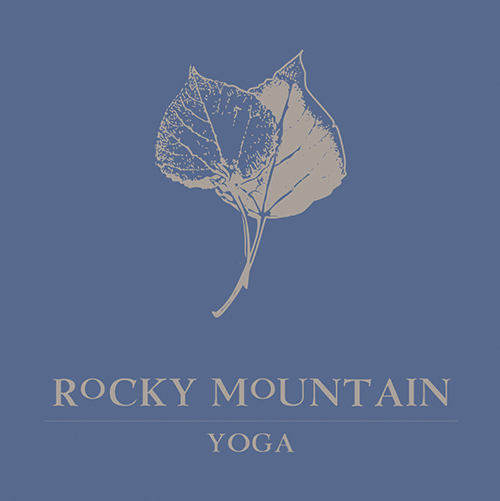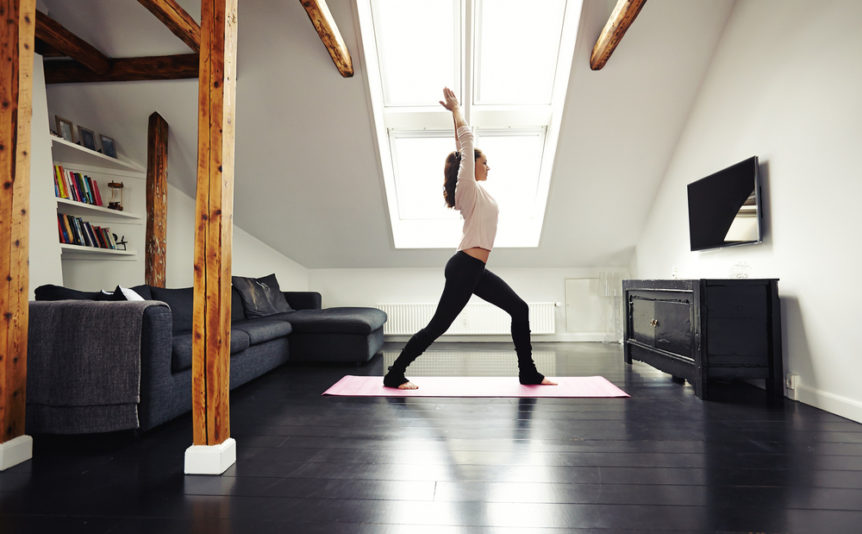“Listening is the practice of Yoga; it’s so important to go into your own body and ask it to be your teacher” ~ Rodney Yee
Yoga classes have many benefits ~ the energy of the group and that brought by the teacher, the community, theme and music ~ but it wasn’t until I started practicing at home that I began to learn the art of listening and I would add, observation. My physical activity changed as a result. I was no longer so rigid with my gym routine. I started walking outside more often. I learned how to adapt my practice to meet my changing needs. In other words, my practice became more functional, more in service of what was going on for me in my life, what I was trying to achieve and what I needed for support whether structural (sacral stability), physiological (calming the nervous system) psycho-emotional (going through a break-up, starting my own business), usually a combination thereof. I recall in group classes being told to “move organically.” This felt uncomfortable. Instead, I just wanted to be told what to do. I didn’t realize how much self-discovery there was and continues to be had from building my own practice and of course, practicing! I’ve heard it said: “This stuff works. As long as you practice.” Consistency is key. Remember, you can’t skip flossing your teeth and then floss for an hour one day to make up for the days you didn’t floss!
There are many on-line video stream products (I don’t have personal experience with these so feel free to share your fav) and articles you can find. Most resources, however, will tell you how to create the routine and space but not the art and science of sequencing. Sequence Wiz, built primarily for teachers, is one exception. Or find a Yoga Therapist who can help as developing a sequence can become quite complex. Every component has a specific purpose and in fact, in my training program I have to justify the use of each one. First consider the elements of proper sequencing:
- What is the intention for the practice?
- What is the time of day?
- What is the time of life?
- What is the season of the year?
- What are your individual needs, goals and aspirations?
- Where are you practicing?
Then consider the components of the practice itself, which might include one of the following or any combination thereof depending on the elements above:
- Movement (and how it’s done – repetition, stay, breath pattern before, during or after the movement…)
- Breathing
- Sound
- Meditation
- Prayer
- Other elements aimed at helping us discover our deeper intelligence/power and cultivate our determination and capacity to act such as working with the cakra model
- Self-study
As you can see, it truly is an art and a science! The right practice, calibrated to your individual and whole-body needs, can be transformative. To learn more, book a thirty minute telephone consultation or consider Your Yoga Therapy Consultant in which I offer three and six month support programs. These include 60 minute sessions once/month and all the email/telephone support needed in-between for $250 and $450 respectively.

